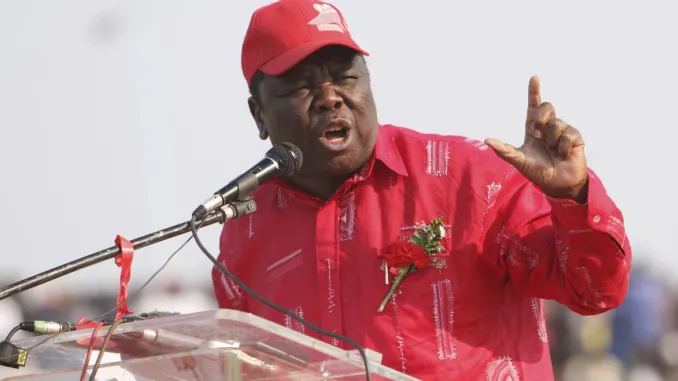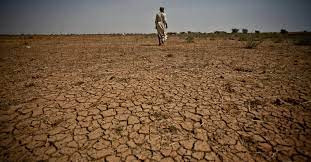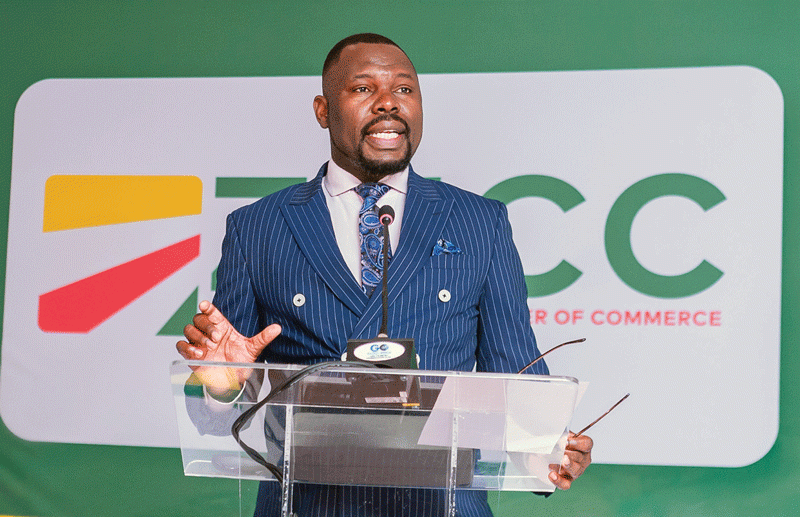
A global shift toward cleaner energy sources and the anticipated surge in global demand for electric vehicles has seen lithium being branded “the white gold” by some and “the new gasoline” by others. This is an indication of the spiking interest in the metal and the related demand on global markets.
Of note, prices of Lithium have surged approximately 500% on global markets over the past 12 months, triggering a global race to find and extract more of the metal.
At the core of the EV's frenzy are optimistic projections that the electric vehicles market will reach 26,9 million units by 2030 from an estimated 3,3 million units in 2019, at a CAGR of 21,1% during the forecast period, according to "Markets and Markets." In August, the China Passenger Car Association predicted the country in aggregate would sell 6 million EVs in 2022, boosting its initial forecast and representing a doubling of sales year over year.
In the US, EV sales in the second quarter hit a new record, up nearly 70% from a year ago. Automakers and dealers are struggling to keep EVs in stock as demand grows for newer cars.
Lithium is very much a rare mineral, whose production is currently taking place in only eight countries, with 85% of the global supply coming from Australia, Chile and China. Worth noting to the matrix, Zimbabwe is the world’s 6th largest Lithium producer whose lithium output has sailed steady in recent years, producing 1 200 MT of the battery metal in 2021.
China's Sinomine Resource Group (SZSE:002738) recently acquired the Arcadia Lithium resource, which allegedly holds the world’s largest-known lithium deposit at over 11 million MT. The company has plans to invest US$200 million into expanding the mine's production capacity by another two million MT per year. The investment could possibly also allow the firm to produce lithium spodumene.
The government of Zimbabwe is bullish on the quantum of metal within its borders as the Mines minister Winston Chitando is on record saying; “(Zimbabwe) has the potential to actually account for 20% of global lithium demand when all known lithium resources are being exploited.” Estimates place the value of total reserves in Zimbabwe at 220 000 M.
The country's privately owned Bikita Minerals is currently the most significant lithium producer, and reportedly holds one of the world's largest-known lithium deposits at over a million tonnes, while a couple other miners are working towards production.
- Mavhunga puts DeMbare into Chibuku quarterfinals
- Bulls to charge into Zimbabwe gold stocks
- Ndiraya concerned as goals dry up
- Letters: How solar power is transforming African farms
Keep Reading
Canada-based mineral exploration company, Chimata Gold, has exclusive rights for the Kamativi Lithium Tailings deposits. The project is under way at the old Kamativi mine that had previously been mined for tin. A clear strategy on the utilisation of the mineral resource needs to be developed and mutually beneficial concessions set in motion so the country maximises on its resources.
Debswana and Namdeb illustrate a semi-directed model of mining regulation under which the government is able to collect substantial mining revenues, which it invests in social spending because of a transparent and accountable governance structure.
De Beers and the government of Botswana have a 50:50 shareholding in De Beers and similarly De Beers and the government of Namibia have the same shareholding in Namdab under agreements which span over decades.
This is in stark contrast to the mining models often preferred by other countries on the continent. Here the government's regulatory role is to integrate the mining sector into national development plans. Lithium, a new frontier for mining, offers Zimbabwe a unique avenue to explore the future of mining through partnership as the country navigates its path toward a US$12 billion mining sector.
This article was written in collaboration with Banenkosi Moyo an Economic Analyst at Equity Axis.
Mabunda is an analyst and TV anchor at Equity Axis, a leading financial research firm in Zimbabwe. — [email protected].










